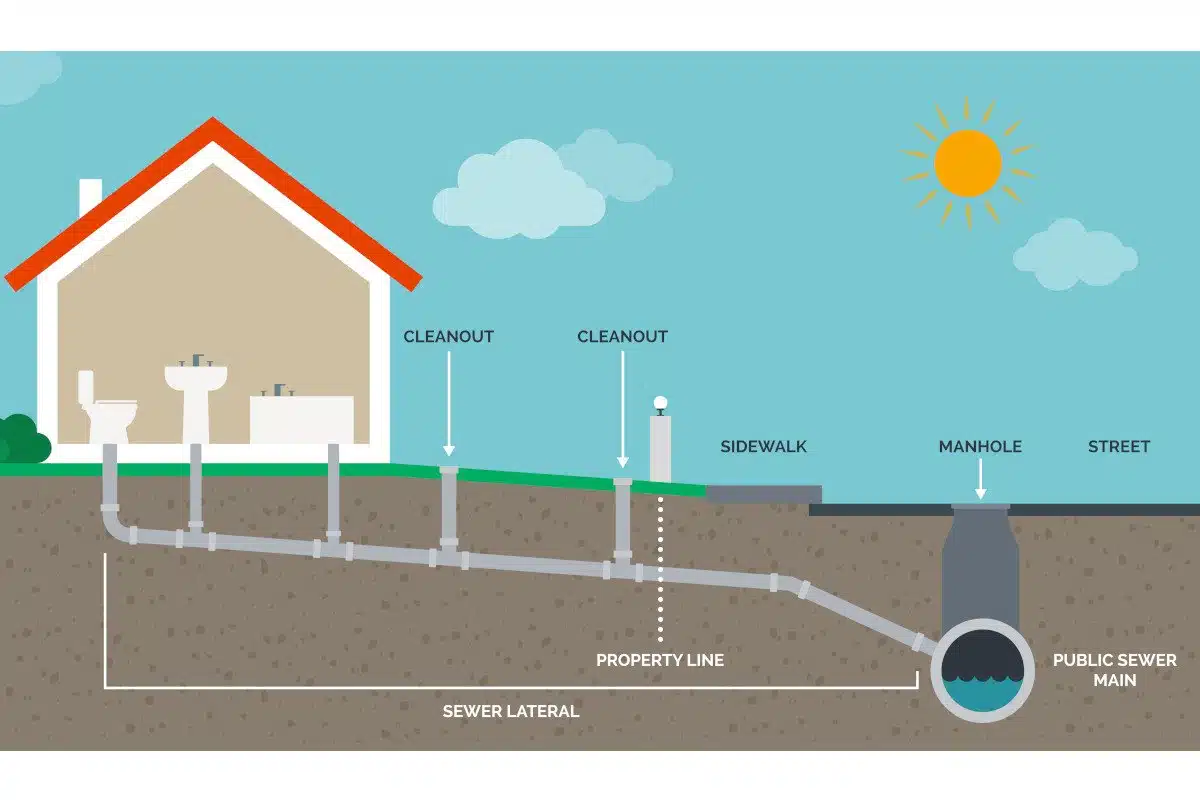
Last Word – Trenchless Technology’s Role in Reducing Private Side I&I

With the advent of climate change, the risk of flooding basements due to sewers is increasing. However, basement flooding is already a big problem, now, and this can and should be addressed with simple best practices.
Most of the initiatives across Canada only address overland flow basement flooding (as opposed to sewer basement flooding). Sewer basement flooding is substantially more traumatic to residents (and a health hazard). It can also lead to PTSD. 1
Norton Engineering has been presenting widely to resident groups (service clubs such as Zonta, Probus, Rotary, etc.) for several years. Amazingly, when residents are provided with simple knowledge about the causes of private side flooding, and what they can do to reduce this risk on their private property, they are very keen to take action. This work will continue and is expected to be taken up by municipalities as residents put pressure on their politicians to take action.
Private side I&I can be generally categorized into three types:
- Roof leaders connected to the sanitary sewer (illegal)
- Foundation drains connected to the sanitary sewer (illegal)
- Private laterals in poor condition, allowing infiltration of groundwater (illegal).
The trenchless technology industry has a key role to play in the third type: a lateral is as old as the house it services, which means many of these laterals are leaking badly. Newer homes, even brand new homes, may well have leaking laterals also, since extensive research indicates that current standards and specifications are not being followed in new sewer construction, particularly on the private side (under the jurisdiction of the building codes). 2,3
Norton’s recommendations to residents include having a CCTV inspection done of their private lateral, now, regardless of the age of their house. For about $300, residents can determine the condition of their lateral and then decide about repair or replacement if the lateral is in poor condition. Since the average basement flood in Canada costs $60,000, not all of which may be covered by insurance, this is a wise investment. An additional incentive for residents is the knowledge that rats can get into sewer laterals (and therefore basements) in poor condition. Norton additionally recommends that everyone keep the lid down on downstairs toilets, since rats can swim up through the toilet trap (floor drain traps are too small) and enter the home. 4
Incidentally, Norton has long recommended that municipalities arrange for CCTV inspection, by a third party, of all new laterals before they accept new subdivision sewers. A number of jurisdictions in Canada have already adopted this practice. 5
A number of jurisdictions in North America have decided to dedicate their entire efforts to reduce I&I by requiring “Inspection of Lateral at Real Estate Transfer” and “Building Permits in excess of $100,000.” 6 This means that the lateral has to be inspected and approved by the utility prior to either occurrence. If in poor condition, it must be repaired or replaced, and is re-inspected by the utility. Although this concept has not yet been adopted in Canada, it likely will need to be in the near term.
All of this means that the trenchless technology industry should prepare for a massive increase in the number of private laterals eligible for trenchless repair or replacement. Since trenchless technology is more efficient and cost-effective (where feasible) than open-cut construction, it aligns well with the new national sewer guideline in Canada, “Developing an Efficient and Cost-Effective I/I Program.”
Barbara Robinson, P.Eng., is the president of Norton Engineering Inc.




